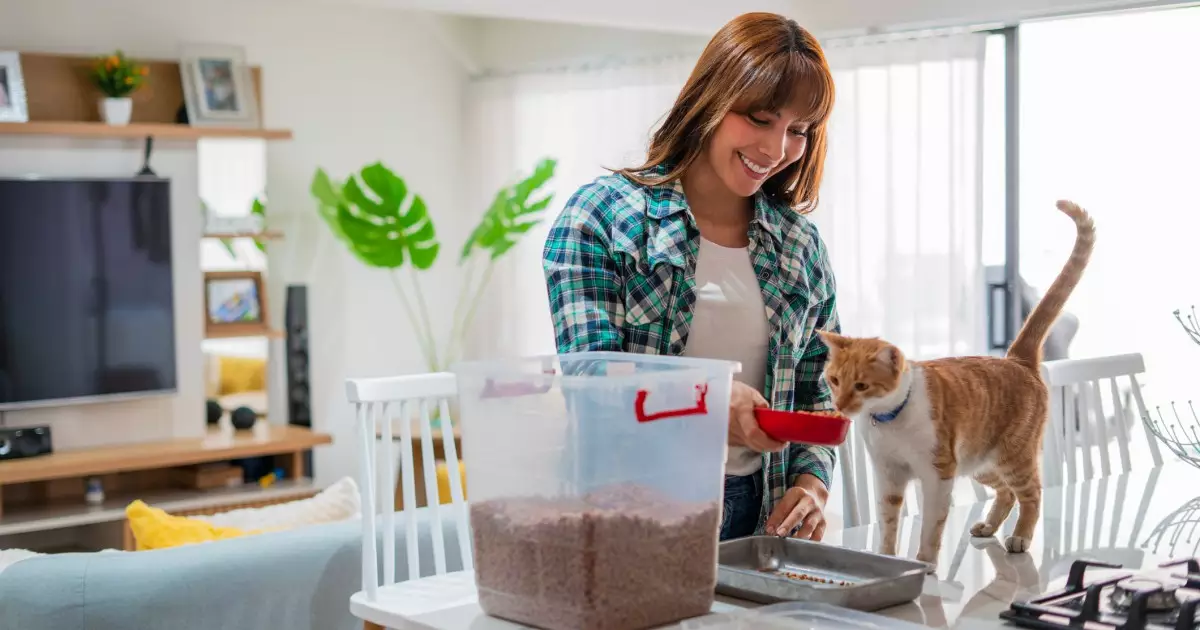Leaving your beloved cat at home while you embark on a journey can induce a wave of concern for many pet owners. Fortunately, pet sitters serve as an excellent solution, providing care and company for our feline friends during our absence. However, entrusting the care of your pet to someone else can also evoke anxiety, particularly regarding the transition and care your cat will receive. This article will delve into the essential preparations that ensure both your home and your cat are ready for a caretaker, facilitating a smooth and worry-free experience.
Preparation is the cornerstone of effective pet sitting. It alleviates stress—both for the pet owner and the sitter—and lays a foundation for the well-being of your cat throughout your time away. A thorough cleaning of your home is a good starting point. This not only helps mitigate any potential hazards but also creates a welcoming environment for the sitter. When possible, eliminate clutter, secure fragile items, and remove any dangers that could inadvertently harm your cat or the pet sitter.
Before leaving, you need to ensure that your cat has enough of their favorite food, treats, and any medications they might require during your absence. Aim to stockpile an extra few days of supplies, as sometimes unforeseen delays in your return can occur. It’s also wise to provide the pet sitter with essential cleaning supplies and any items they might need for their own comfort while staying in your home. Equipping your sitter with a few toiletries can prevent any awkward scenarios, allowing them to focus on caring for your cat instead.
Ensuring that your pet sitter can easily access your home is crucial. Share any necessary access codes for doors, gates, garages, and security systems. A pragmatic approach is to leave a spare key, in case of emergencies like a dead keypad battery. In addition, it could be beneficial to also provide a key to a trusted neighbor. Security and access should be a top priority to mitigate any last-minute access challenges.
Don’t forget to remove any harmful items from your cat’s reach. This can include poisonous plants, cleaning supplies, and household trash. Given that cats can exhibit peculiar behaviors in stressful situations, confining them to a safe room may be a sound approach.
Cats thrive on routine, and providing a detailed schedule for your pet sitter can alleviate confusion and ensure your furry friend receives consistent care. Outline your cat’s feeding times, play activities, and litter box routines. Clearly communicate preferences for specific toys or activities that keep your pet engaged.
Additionally, share critical medical details with the sitter, including any allergies or medications your cat is on. Outlining emergency procedures, along with contact information for your veterinarian or an emergency pet clinic, will foster preparedness should any issues arise.
Prioritize open lines of communication with your pet sitter. Discuss how often you’d like updates about your cat and through what means—be it photos, texts, or occasional phone calls. This not only provides you peace of mind but also helps strengthen the relationship between your cat and the sitter.
To help your cat adjust, consider facilitating a pre-visit introduction. Gradually acclimating them to the sitter’s presence can help ease any anxiety. Highlight opportunities for positive engagement through treats or play, reinforcing a sense of trust beforehand.
Leaving familiar items around—such as favorite toys, blankets, or bedding—can significantly comfort your cat. If your feline friend has a go-to sleeping spot or hiding place, communicate that to the sitter. Notifying them about your cat’s unique behavioral patterns will aid them in handling any unexpected actions or reactions.
It’s also prudent to ensure your cat is equipped with an updated collar that contains an identification tag featuring your contact information. For added security, consider microchipping, which can be a lifesaver in case your cat slips out unnoticed.
Taking the time to prepare your home and cat for a pet sitter ultimately allows you to enjoy your time away without the anxiety of concern about your cat’s welfare. Through diligent preparation, clear communication, and attention to detail, you facilitate an experience that is beneficial for both parties. With your cat receiving strong care from someone you trust, you’ll have the freedom to focus on your own endeavors. By following these guidelines, you can ensure that when you return home, your furry friend has been loved and cared for in your absence.


Leave a Reply